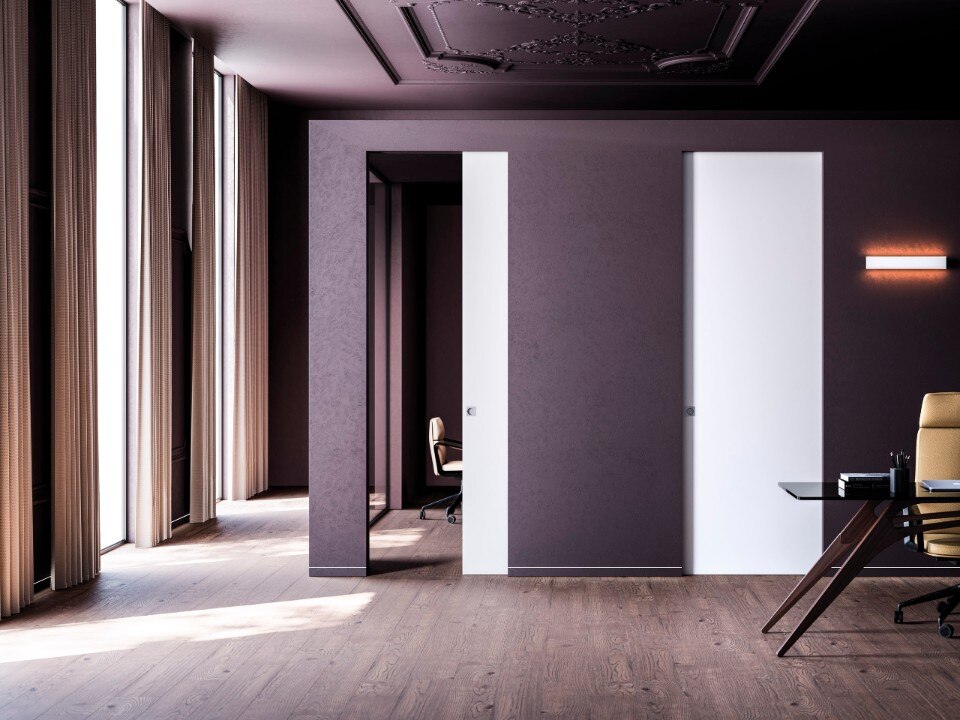A new design vocabulary
Over the last 20 years we have been witnessing the early developments of a networked economy that is operated by its interconnected participants. Both companies and consumers have now potential access to a communication infrastructure that is geared towards sharing and exchange. This shift is profoundly changing our models of creation, production and consumption. Decentralised information streams and sources have altered people's attention scopes, ambitions and goals and stimulated a more critical and proactive attitude. Rather than swallowing manicured advertising made up by professional PR departments, consumers are now informing, inspiring and instructing each other with home-grown content—using twitters, blogs and YouTube movies to communicate their skills, knowledge and ideas. But the global mouth-to-mouth mechanism of the World Wide Web not only initiated a dialogue among consumers; it also started a conversation between consumers and producers. This emerging dialogue is generating exciting new business models and rearranging current artistic practices.
On the one hand it enables consumers to participate in the design process on various levels. Blogs facilitate product reviews and ratings, and easy access to online instructions stimulate consumers to personalise, adapt, repair or hack products. On the other hand, producers can now obtain a huge amount of feedback on their products by observing all these millions of small movements online, and subsequently respond to them in their next product versions.
Some producers are even actively involving the end-user in the creative process by asking them to design new applications (e.g. Apple's App Store) or to propose new uses for their products (e.g. the Roomba vacuum cleaning robot[1]).

Top image: OS Mod-bike designed by Jo Van Bostraeten.
Out of this creative dialogue the need for a common design language, a kind of shared design vocabulary with its own specific rules, characteristics and outcomes, is slowly emerging. This vocabulary is manifesting itself through common agreements within the dimensioning, assembly and material cycles of the object. These agreements will facilitate collaborative design processes and streamline customer interactions. Dimensional guidelines, through standardisation, will increase compatibility between interacting products. Design for disassembly, through self-evident construction and the use of reusable assembly techniques, will facilitate adaption and reparation. And finally, clear material certification will improve closed recollection and recycling processes.

The OS ecosystem is built up according to the Wikipedia model, in which different people all contribute to a bigger thing.

Right: OS Coffee Grinder designed by Unfold + Jeroen Maes.
In addition, these open models also raise questions regarding accountability, profitability and formal expression. How do we credit the contributors? How do we generate money? And, last but not least, how do we balance openness and protection, freedom and restriction? Since every standard by definition imposes a restriction, it limits our choices, obstructs our freedom to design and shape, and it disrupts our independent position as designers. Nevertheless, the more we continue to share and exchange, the more the need for common platforms will surface within all aspects of our culture.

Thomas Lommée, designer and teacher
[1] Roomba is an autonomous robotic vacuum cleaner that comes with a serial interface. This interface is incompatible with standard PC/Mac ports and cables. It allows the user to monitor Roomba's many sensors and modify its behaviour. Programmers and roboticists create their own enhancements to Roomba resulting in numerous "Roomba hacks". Some hacks are functional, others are purely fun. Roombas have so far been converted into floor plotters, Wii remotecontrolled robots, "hamster-driven" vehicles, etc.
This text is an excerpt from I don't know where I'm going, but I want to be there, BIS Publishers, Amsterdam 2011. Edited by Sophie Krier, Marjolijn Ruyg and Minke Kampman.


FADE Family is the new approach to outdoor living
The latest addition to the PLUST Collection is a line of furniture inspired by the texture of white stone, which illuminates as evening falls.










